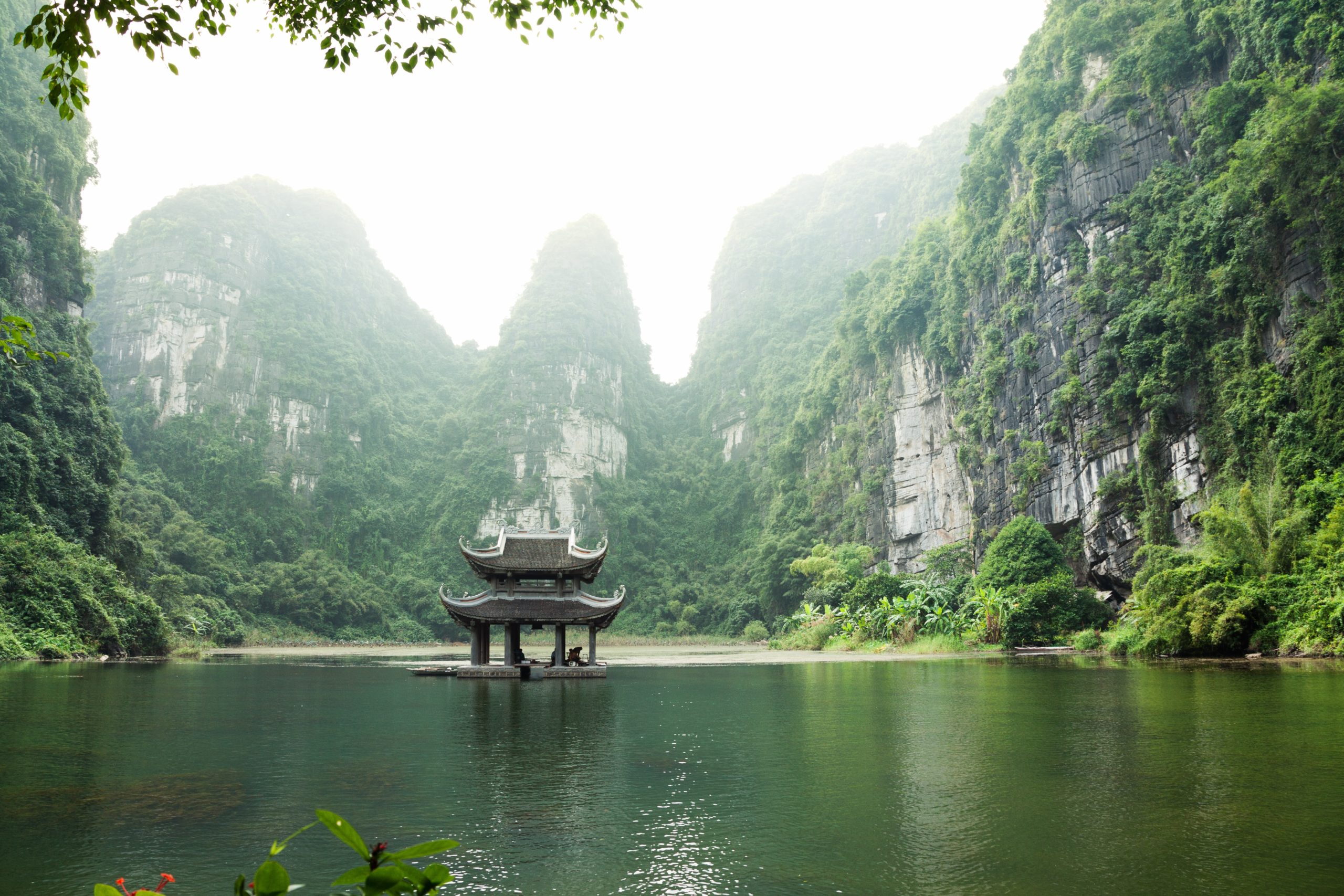What gives Vietnamese coffee that unique kick? It’s made from nutty robusta beans, with nearly twice the caffeine content of milder arabica brews. That’s why it’s such a popular drink among high-pressure professionals—like translators—who must be constantly alert to subtle nuances.
The world’s #1 producer of robusta beans, Vietnam is poised to become a major player in global trade. Its thriving economy is focused on exports including textiles, furniture, and electronics, as well as rice and rubber. It’s also becoming a target for savvy foreign investors with an eye to the future, particularly in the technology and tourism sectors.
But that’s nothing new: Its history as a trading powerhouse goes back centuries. Strategically located at the crossroads of major sea routes, its long coastline has made it an important center of trade and commerce in Southeast Asia.
Millennia of Vietnamese History
The rich history of Vietnam can be traced back to before the Bronze Age. Known as Annam, northern Vietnam was ruled by China’s Han Dynasty for over 1,000 years. This was followed by two local dynasties: Ly (1010-1225) and Tran (1225–1400), interspersed with three Mongol invasions.
Centuries later, French invaders arrived in 1858 and stayed until 1954, clinging to the cluster of territories known as French Indochina. Today, they are three independent nations: Vietnam, Laos, and Cambodia.
After China became communist in 1949, it pushed for control of North Vietnam. Afraid that this ideology would spread to the rest of Asia, the USA decided to support the South Vietnamese government. These events rapidly flared up into two decades of full-scale combat, with the Vietnam War ending only in 1975.
Exploring Vietnamese Cuisine and Culture
In the past few decades, members of the Vietnamese diaspora have carried with them a unique mélange of sweet, sour, salty, and spicy flavors to family restaurants all over the world. With them came other traditions linked to music, dance, and theater, as well as delicate crafts like đồng hoa flower paintings, woven silks, and lacquerware.
Unsurprisingly, Vietnamese culture is a rich blend of its Indigenous heritage, interwoven with Chinese traditions, and more recent French and U.S. influences. Key elements include traditional festivals and ceremonies, such as Tết, the Vietnamese Lunar New Year.
Ancestor worship and Confucianism are also core aspects of traditional beliefs. So anyone eager to do business in Vietnam should always be keenly aware of the importance of strong family structures, respect for elders, and compliance with community values.
Watch your tone!
Spoken by approximately ninety million people, Vietnamese (aka Tiếng Việt for locals) is a tonal language, which means that the meaning of a word can change depending on the tone in which it’s pronounced. Writing in Vietnamese is even trickier, with modified versions of the Latin alphabet and Chinese script.
Although heavily influenced by Chinese, French, and English, all this complexity means Vietnamese can be a minefield for visitors. That’s why smart executives work with qualified native translators—like the professionals at Trusted Translations—who understand the subtleties of communicating in such a complex language.
Photo by Rowan Heuvel on Unsplash

